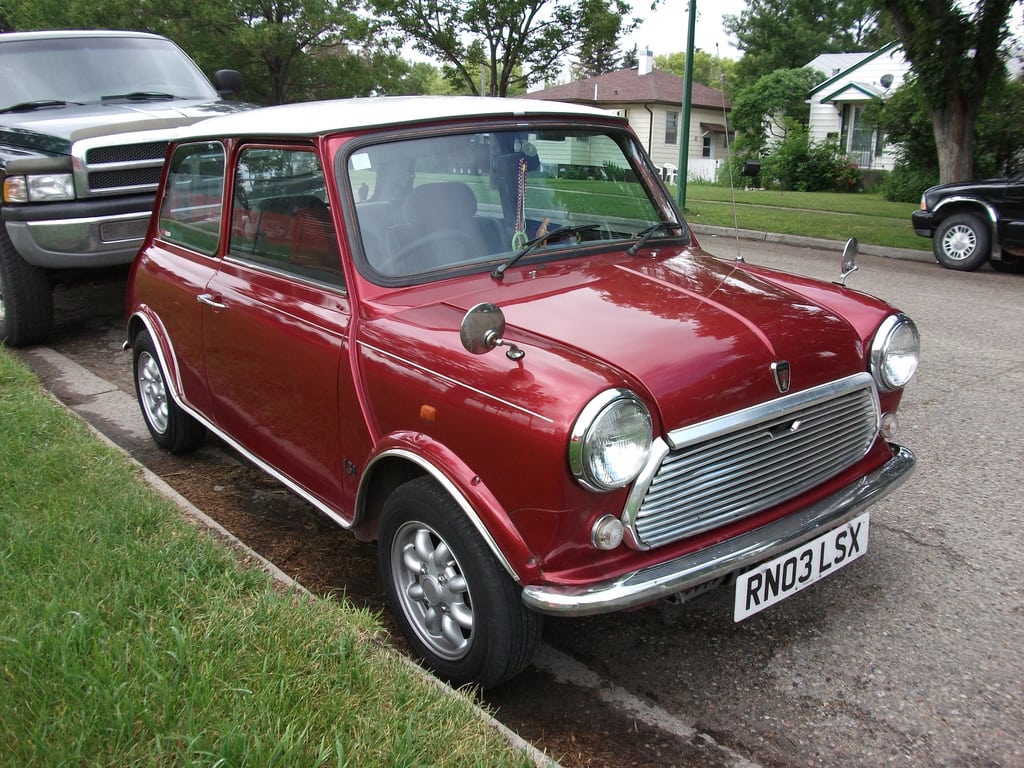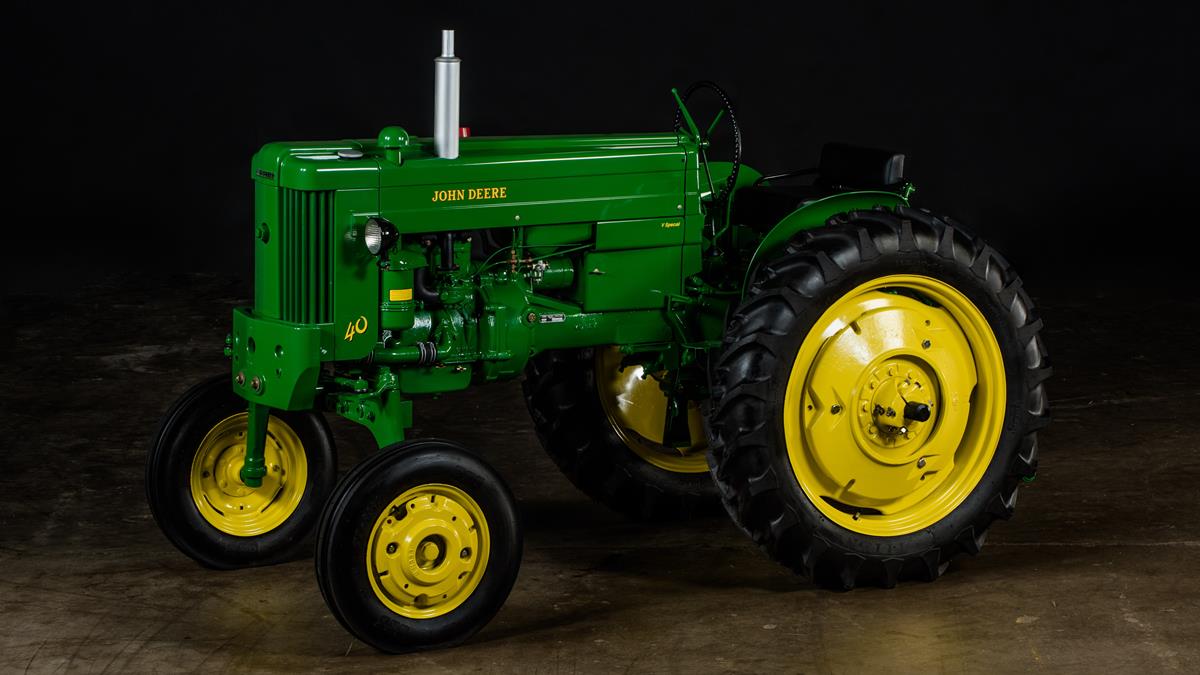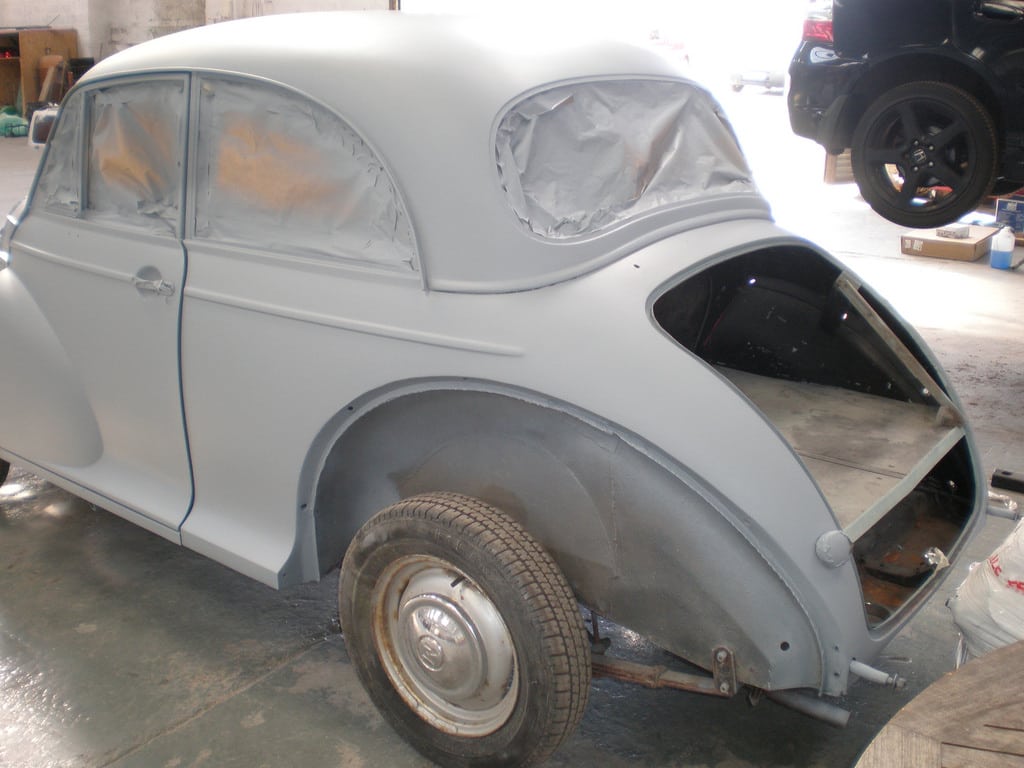Some people buy classic cars as investments. Whereas others buy them because of a love of the model in question. People have their reasons for why they buy classic cars, but there is one thing in common with everyone’s classic car. They will need restoration work!
When you buy a car that’s thirty or more years old, it won’t be in a pristine condition like it was the day it rolled off the production line. There will be plenty of evidence of wear and tear as well as the dreaded rust.
To most folks, restoring a classic car is a long-term project that gets attended to when the owner has some spare time (and money). But what if money was no object? Most of us can only dream of having a blank check when it comes to restoring our classic cars.
If you’ve just won the lottery or money is no object to you, find out how to restore a classic car to its original showroom condition!
Strip the car to a rolling shell
The first step to doing a full restoration on a classic car is to strip it down to a bare, rolling shell. That means removing the interior and the motor from under the hood. There are a few reasons why this is necessary:
* Rust. It makes it easy to identify and address chassis and shell panels that have rust problems;
* Component repair. You can refurbish individual parts like seats, the dashboard and even the motor when they’re out of the car.
Repair the chassis and bodywork
When you’re down to a rolling shell, the next step is to fix any pesky rust problems. It’s a process that often involves cutting out sections of metal and welding in new panels in their place.
Once the rust repair work gets carried out, the next stage is to strengthen the chassis if necessary. Sometimes chassis joints can become too rotten on an old classic car and so they will need to get replaced.
Is your car notorious for having a chassis that flexes too much? If so, it’s at this stage where you can strengthen it and make it more rigid on the road. Now that you’ve got those things out of the way, you next need to repair any body panels.
It’s likely that your classic car will have a few dents and scrapes on the body panels. Sometimes careless tire shop workers can even damage the jacking points underneath the sills. All these things need addressing in your restoration.
Respraying the body
By now your car will look like a work in progress vehicle! At this stage, you are now ready to have your car resprayed! Unless you are a pro, I don’t recommend that you carry out the work yourself.
Spraying cars is something of an art form. You can only achieve a good job through the use of skills, experience and the right tools for the job. When you get your classic car resprayed, you can opt for its original color or go for something different.
You should also consider having the bottom of the car coated with a special paint that protects the chassis against rust. In hot and dry parts of the world, this isn’t necessary. Still, even so, I’d have it done in case you decide to move somewhere that isn’t so dry in the future!
On the subject of paint colors, I spoke with a relative of mine that works for a UK-based vintage car insurance company. He said that changing your car’s color could increase your premiums. So it’s worth bearing that fact in mind before you go for a color change.
Interior
One of the most tired-looking areas of your classic car is going to be its interior. Fabric and even leather and vinyl will look dull and lifeless. And it’s not uncommon to see damage to carpets, seats and door panels.
As you are having a full restoration done on your car, you should consider getting all your interior items refurbished. Some people choose to have different colors for the seats and interior panels. Whereas others want to keep their classic cars looking as stock as possible.
Getting seats retrimmed, especially in leather, can be time-consuming. Of course, this depends on what car you’ve got and how many seats need to get retrimmed. With this in mind, it’s a good idea to get something else done on your car at the same time while you’re waiting.
Wiring
Whilst your car is still a rolling shell, you should take the opportunity to have the wiring renewed in it. Most older cars have 6-volt wiring systems rather than today’s standard 12-volt systems.
It’s important you upgrade your wiring so that you don’t run into reliability issues with your car’s electrics. Examples of such issues include frequent voltage drops.
At this stage, you should upgrade your car’s stereo system to a modern one. Today’s “head units” can play CDs, FM radio, and they have Bluetooth connectivity. I don’t know about you, but I don’t know anyone that still listens to eight-track tapes!
Brakes and suspension
There is a lot of debate about whether a true restoration should stick with the same brakes and suspension components or not. I always tell people to upgrade to the latest technology for comfort and safety reasons.
For example, drum brakes aren’t as efficient as ones with discs and pads. For the most part, modern parts from today’s cars can get retrofitted to classic cars. Be sure to do some research into the best parts for the job!
Engine
Again this is another issue for debate. I would usually tell people just to have their original motors rebuilt and painted. But there are some motors that are notorious for problems. One prime example is the Triumph V8 engine used in the Stag.
Talk to some classic car experts and find out whether it’s feasible to stick with the existing motor or whether it’s best just to start over with one from a different car.
Good luck!









